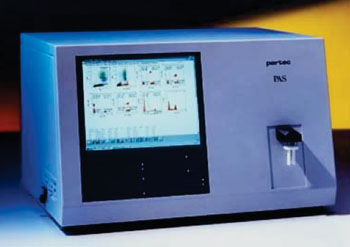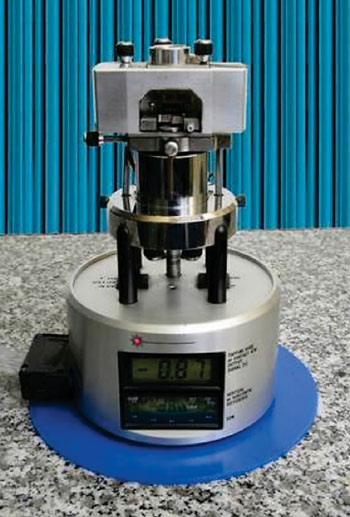De Novo Mutation Causes Fanconi Anemia
By LabMedica International staff writers
Posted on 10 Jan 2016
Fanconi anemia is clinically typified by susceptibility to bone marrow failure, leukemia, different types of solid tumors, and a strongly reduced life expectancy of the affected persons. Posted on 10 Jan 2016
Fanconi anemia (FA) is a rare recessive genetically heterogeneous chromosomal instability disorder with both autosomal and X-linked inheritance and all reported cases so far have displayed a recessive mode of inheritance. FA is characterized by multiple congenital abnormalities, hematological defects and a high predisposition to a diversity of cancers, including childhood acute myeloid leukemia and head and neck cancers.
An international team of scientists led by those at the Institute for Systems Biology (Seattle, WA, USA) used advanced whole genome sequencing as well as other cell and molecular biology techniques. Genomic DNA was isolated from lymphoblastoid cell lines of the patient, the healthy sibling and the parents and whole genomic sequencing performed. Mutation confirmation by Sanger sequencing was done by direct sequencing of polymerase chain reaction (PCR) products.
Samples were analyzed with an ABI 3730 DNA analyzer (Applied Biosystems; Foster City, CA, USA). Other techniques used included cell cultures and transformations, growth inhibition analysis, cell viability assays, protein analysis, protein expression and purification, and cell cycle analysis which were performed subsequently by flow cytometry using a Particle Analyzing System (PAS, Partec; Görlitz, Germany). D-loop formation, ATPase, DNA-binding assays were also carried out. Scanning force microscopy images were obtained on a NanoScope IIIa (Digital Instruments; Santa Barbara, CA, USA).
The scientists found a de novo g.41022153G>A; p.Ala293Thr (NM_002875) missense mutation in one allele of the homologous recombination DNA repair gene RAD51 in an FA-like patient. This heterozygous mutation causes a novel FA subtype, “FA-R,” which appears to be the first subtype of FA caused by a dominant-negative mutation. The patient, who features microcephaly and mental retardation, has reached adulthood without the typical bone marrow failure and pediatric cancers.
Patrick May, PhD, a coauthor of the study, said, “The particular mutation in this patient was a surprise to us. It occurred only in one of the two RAD51 gene copies, which every person carries in the genome, but every RAD51 gene copy was normal in the child´s parents. In consequence the protein with the altered amino acid sequence due to the mutation interfered with the activity of the normal protein. These are the reasons why the child is affected by Fanconi Anemia although his or her relatives are not carrier of the mutation.” The study was published on December 18, 2015, in the journal Nature Communications.
Related Links:
Institute for Systems Biology
Applied Biosystems
Partec















